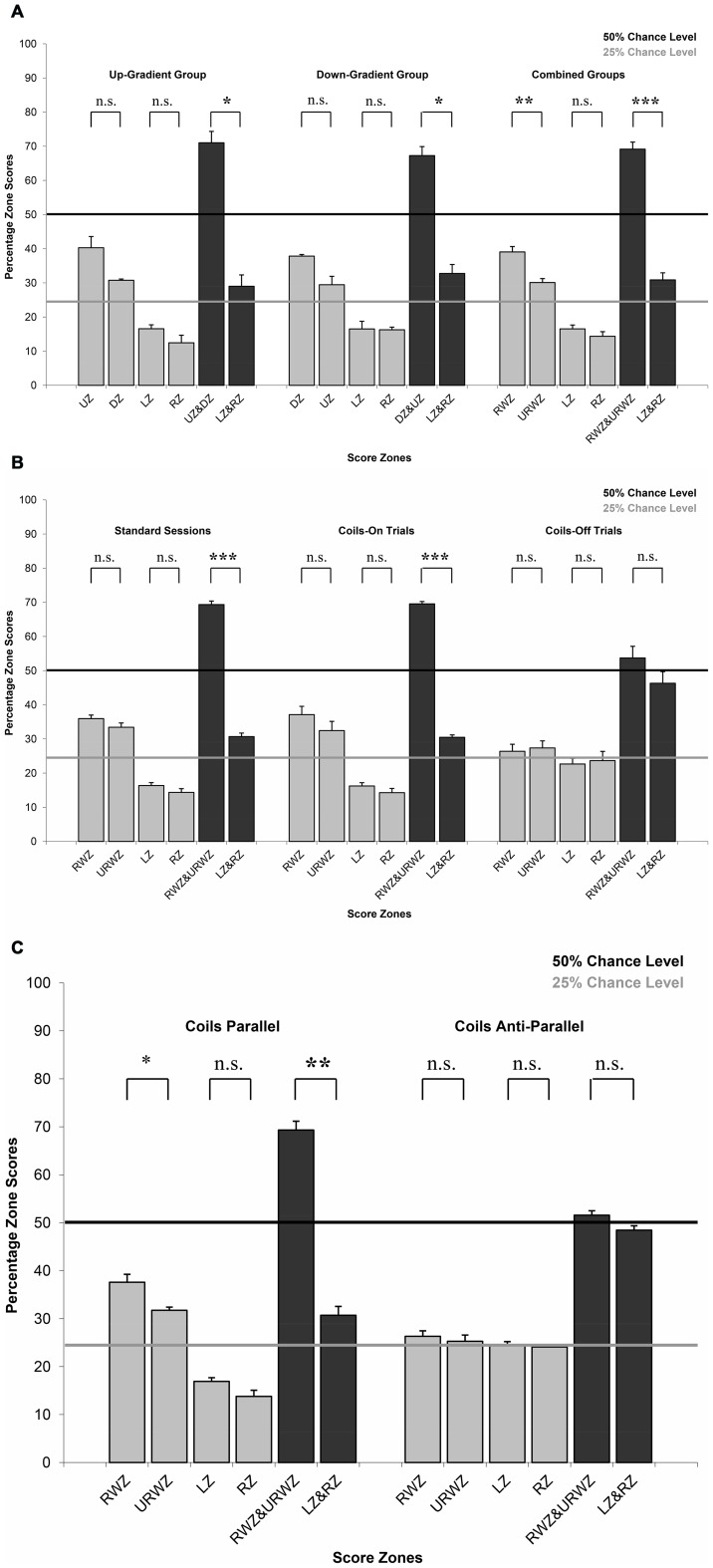Figure 5. Mean percentage of zone scores with standard error bars showing in which VMI-map zone each trial's track terminated at the end of 15 s sampling period.
a) Initial conditioning series for which pigeons were divided into groups as to whether feeder choices associated with increasing (up-gradient) or decreasing (down-gradient) intensity changes were rewarded (chance level 25%). b) Coils on-off series consisting of standard sessions as well as control sessions for which half of the trials had normal current input to the magnetic coil system and the other half had no current input based on a pseudorandom schedule. Non-significance does not imply random discrimination performance as this score relates to the amount of time spent at each feeder during the 15-second sampling period, which may be different from final feeder choice (see also Figure 2c). c) Parallel-anti-parallel series for which sessions with current running parallel through a double-wound coil system were alternated with sessions with current running anti-parallel. For abbreviations see Figure 4 except: UZ = Up gradient zone, DZ = Down gradient zone, LZ = Left gradient zone, RZ = Right gradient zone, RWZ = rewarded gradient zone (UZ or DZ for up-gradient and down-gradient groups respectively) and URWZ = unrewarded gradient zone (DZ or UZ for up-gradient and down-gradient groups respectively). Levels of significance: n.s. = not significant, * = 0.05; ** = 0.01; and *** = 0.001.

